Nothing can be more annoying than unknown leakage in the plumbing system. If you have recently spotted a water softener leaking, it’s better to figure it out as soon as possible to avoid any inconvenience in the future.
Remember, a water softener can leak anytime because everything that involves plumbing has a chance of leakage. Instead of getting worried, you should take some practical steps discussed in this article to solve the problem.
Table of Contents
Reasons & Solutions of Water Softener Leakage
Water Softener Leaking Bypass Valve
Water softener leaking bypass valve is one of the most common leakage problems in water softeners. You can easily identify this leakage issue by noticing some small mineral deposits build up around the valve. However, to resolve this issue, you have to replace the O-rings in the valve or replace the bypass valve completely to overcome this leakage issue.
Water Softener Resin Tank Leaking
A leakage in the resin tank of a water softener can also cause excessive dripping. Most of the water softener manufacturers offer a replacement warranty in case of a water softener leaking resin tank. The other available option is to use the waterproof epoxy at the leakage site, which will handle the problem more efficiently.
Water Softener Leaking at Top
There can be two main culprits if your water softener is leaking from the top. The first is the O-rings in the bypass valve. If these have not been getting lubricated frequently enough by you or a professional as scheduled maintenance, they may just need some lubrication. Otherwise, if you ignored them for so long then you may need a replacement.
The second is a rotor valve issue. This is how the water softener receives water. The chances of this issue are quite higher in older systems. If it is cracked, you will need to replace it.
Water Softener Leaking from Drain Line
An improper installation of a drain line could be the culprit behind leakage in your water softener. A drain line can also become blocked or cracked over time; it’s better to keep an eye on the drain line regularly. However, if there isn’t any problem with installing a drain line, then the water softener drain line dripping could be due to the air gap out. You need to make sure that the drain line has a proper air gap during the installation.
Brine Tank Leakage
A brine tank is one of the most crucial parts of the water softener in which salt is placed. A punctured brine tank can also cause leakage in the water softener. You should either replace the entire brine tank or use any sealant to overcome the leakage issue. However, make sure that you have chosen the right sealant to stop the leakage; otherwise, it may cause problems in the future.
Water Softener Resin Tank Leaking from Bottom
If the resin tank is leaking from the bottom, you most likely have a cracked tank for one reason or another. The easy way to fix this is to turn off the water softener and clean the tank properly. Then you can mark and follow the crack to see how big it is and if it is repairable or not. If you will need to get epoxy that is rated for the job, and then prep the cracked areas that the epoxy will be applied to work properly for the epoxy.
Loose House Connection
If you notice that the leakage in water softener leaking from a hose, you should tighten the hose connection. However, if the tightening of the hose connection is not enough to stop the issue, it’s better to replace the hose. Remember, water softener leaking from the hose is another common problem; there is no need to panic because this issue can be resolved within a few minutes by just tightening the hose.
Rotor Valve
If the water softener is leaking from the top, it could be due to a faulty rotor valve. This valve can be cracked or broken. However, it could also be due to broken seals in the rotor valve. It’s better to replace the seals in the rotor valve once instead of using any temporary solution such as sealant.
O-Ring Leakage
As we have also discussed earlier, water leakage can also be caused by faulty O-rings. You should lubricate the O-rings first to make them work properly in case of leakage. It is recommended to either replace or lubricate the O-rings every 6 months to avoid any issues in the future.
What Happens During Water Softener Leakage?
A leakage in the water softener is annoying and creates several serious issues that need to be addressed as soon as possible. Here are a few most common things that you might experience during a leakage in your water softener.
- Poor water taste.
- Excessive water wastage can cost you a lot of money.
- Inefficient performance.
- Causes skin-related issues such as dry skin.
- Water stains in the sinks, tubs, and toilets.
- Increased plumbing repair costs due to frequent clogging.
Check Out: Best Portable Water Softeners (Keep with You while Travelling)
Frequently Asked Questions (FAQs)
1. How do I stop my water softener from leaking?
Just follow the supply line to the water shutoff valve (it may look like an outside faucet). Turn the valve clockwise until it stops. This will turn off the water supply to the softener.
2. How do you fix a leaking water softener valve?
To repair the leak, push the bypass and hold down the recharge now button to relieve the pressure on the softening system. Now push in on the back of the bypass and remove the clips. Pull the bypass out and see if it wants to the dropdown. If it does, you will need to tie the pipes up so they are even to the inlet and outlet.
3. Where do water softeners leak from?
The rotor valve on your water softener is usually located at the top of the unit. As the source of water into the water softener, the rotor valve is often the source of leaks.
4. How Much Does It Cost to Fix a Water Softener?
Fixing a water softener depends upon two things:
1- What type of repair or fix is needed? If you know the repair that is needed, depending on its complexity and time consuming, then it will cost $10-20 for a new O-ring to more expensive replacement parts that go into the hundreds.
Hiring out or DIY? If you are hiring out then the labor for a professional who has all the knowledge and can repair it in 10 minutes will charge for an entire hour or two of their time. If you are doing the repair yourself, all you need to factor in is the time of the repair and the cost of materials.
Read More: Best Water Softening System in the UK
Final Words
The most common water softener leakage issues that have been discussed above can be resolved at home without even calling a professional. However, if you cannot identify the issue, it’s better to call a professional to resolve the leakage in your water softening system. Remember, ignoring a small leakage in the water softener can be very costly for you at the end of the year. It would be better to solve the issue as soon as possible with a small amount of money instead of increased water bills.

Steve Smith is a United State Licensed Plumber with over 18 years of plumbing experience. Steve has conducted residential and commercial plumbing jobs throughout the state and currently works for one of California’s largest plumbing companies. When he’s not working, Steve enjoys spending time with his daughter and son.
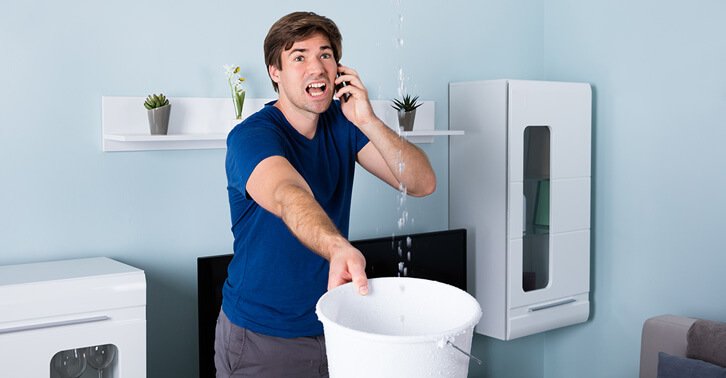
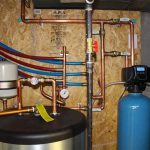

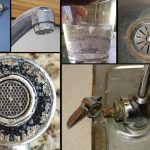
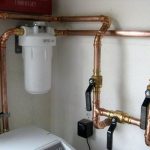
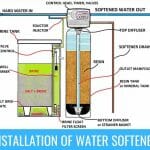

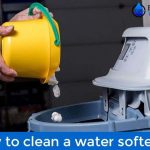

Leave a Reply